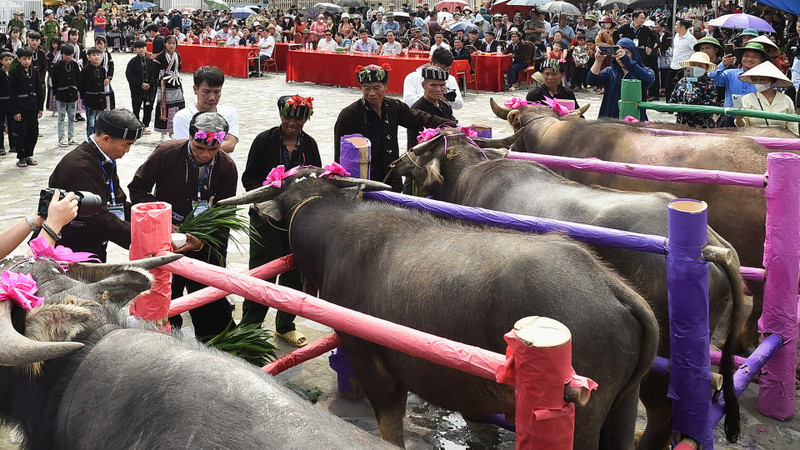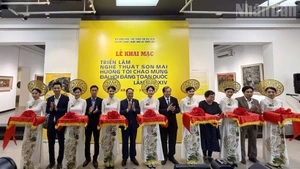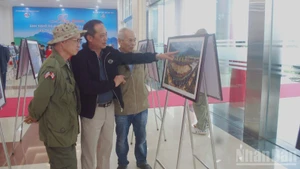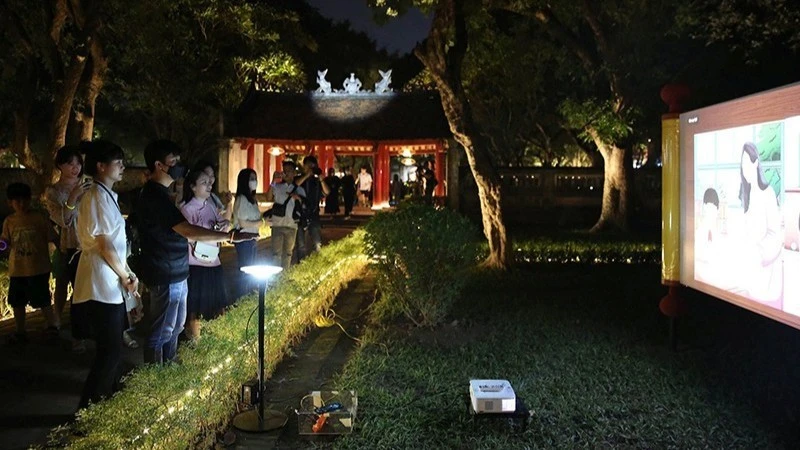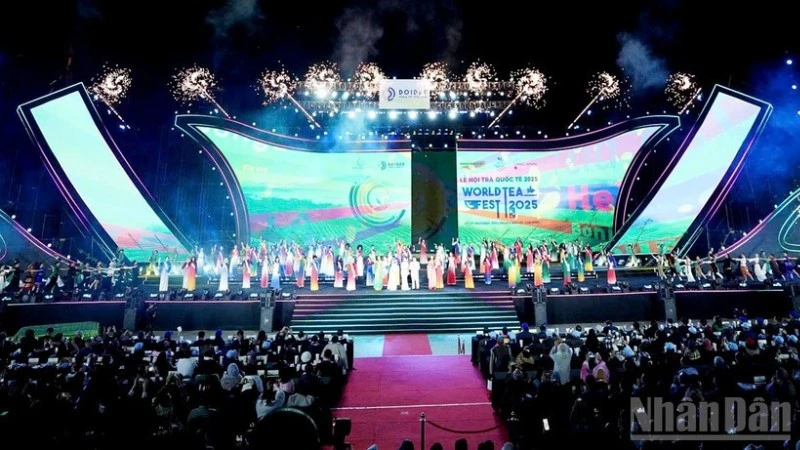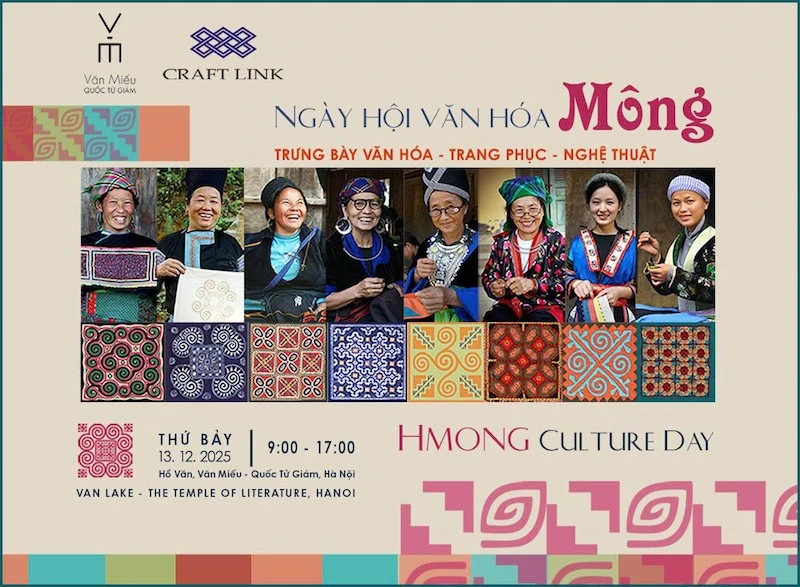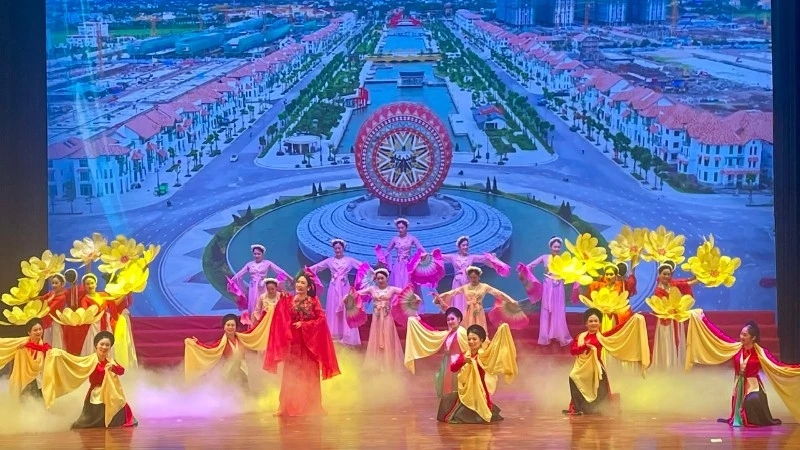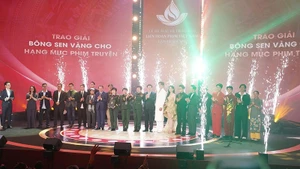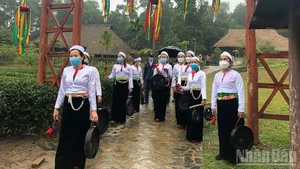This ritual plays a role in preserving and promoting traditional cultural values, while also expressing the humanistic value of agricultural labour among the Lu people.
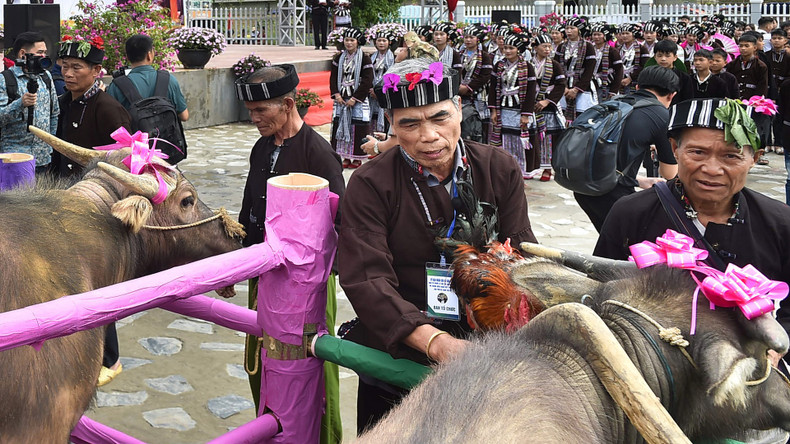 |
| The ceremony honours the buffaloes that have worked side by side with farmers in their daily labour. |
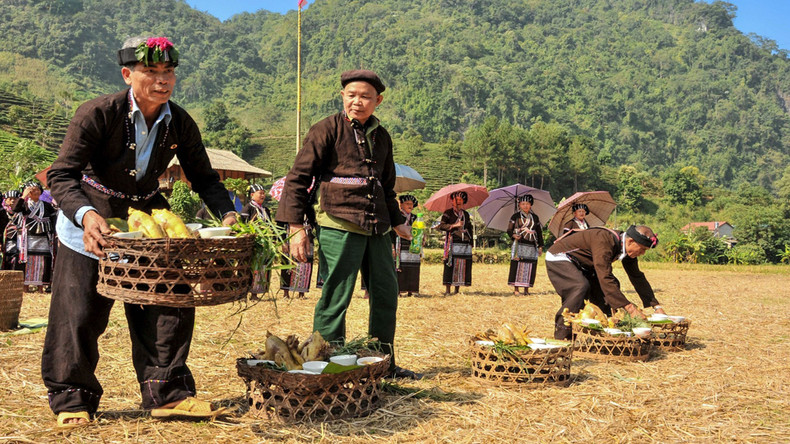 |
| It often takes place as preparations for the new farming season begin. |
 |
| To prepare for the ceremony, village shamans and elders hold meetings to compile a list of households that own buffaloes, from which they determine the number of animals to be involved in the ritual. |
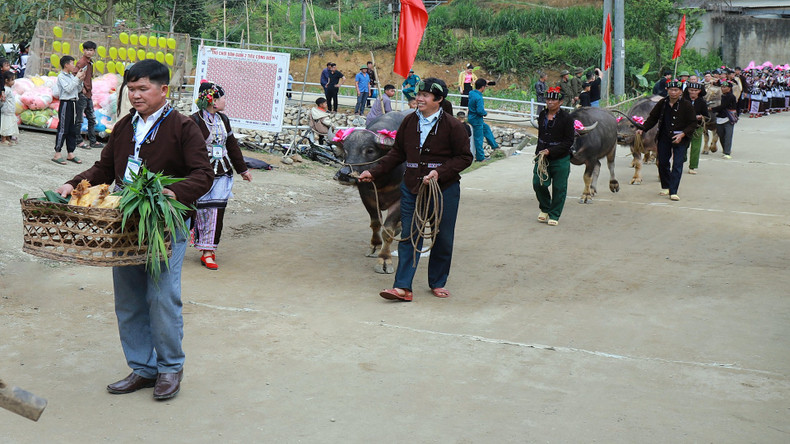 |
| When the auspicious time comes, villagers follow the shamans to bring their buffaloes into the ceremonial area. |
 |
| The buffaloes are “adorned” for their participation in the event. |
 |
| Once in the designated space, each buffalo is blessed individually by the shamans. |
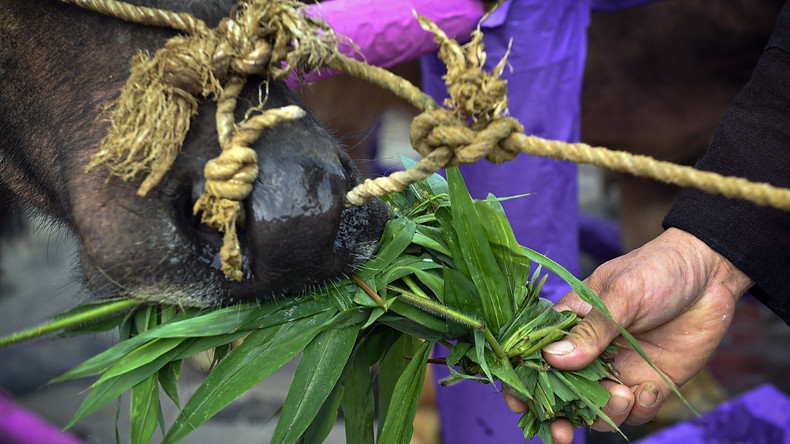 |
| After the ritual, the buffaloes are fed a portion of the ceremonial offerings by the officiants. |
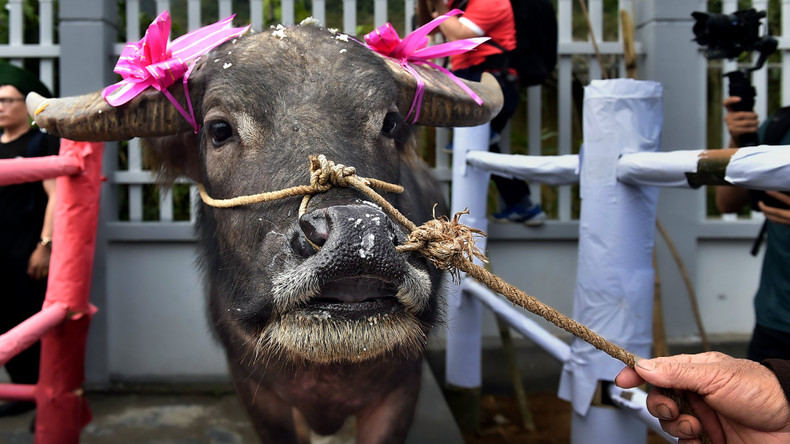 |
| A buffalo that has completed the ritual. |
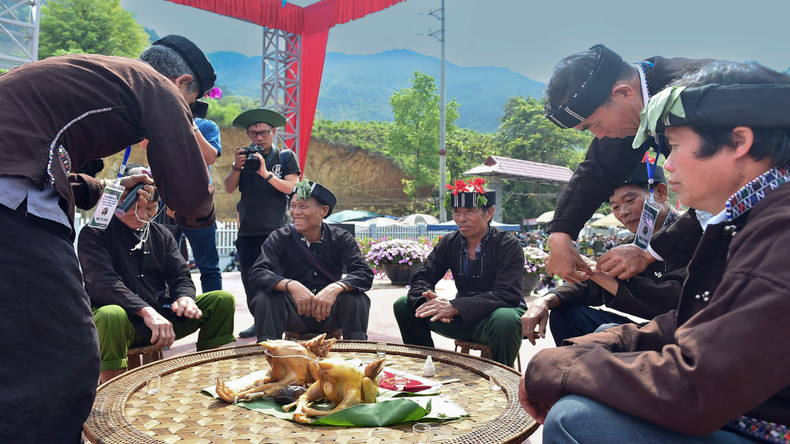 |
| The shamans also tie sacred threads around the wrists of the buffalo owners — a gesture believed to bestow blessings and good fortune upon the families whose buffaloes have taken part in the ceremony. |
 |
| The joy of a buffalo owner participating in the ritual. |
